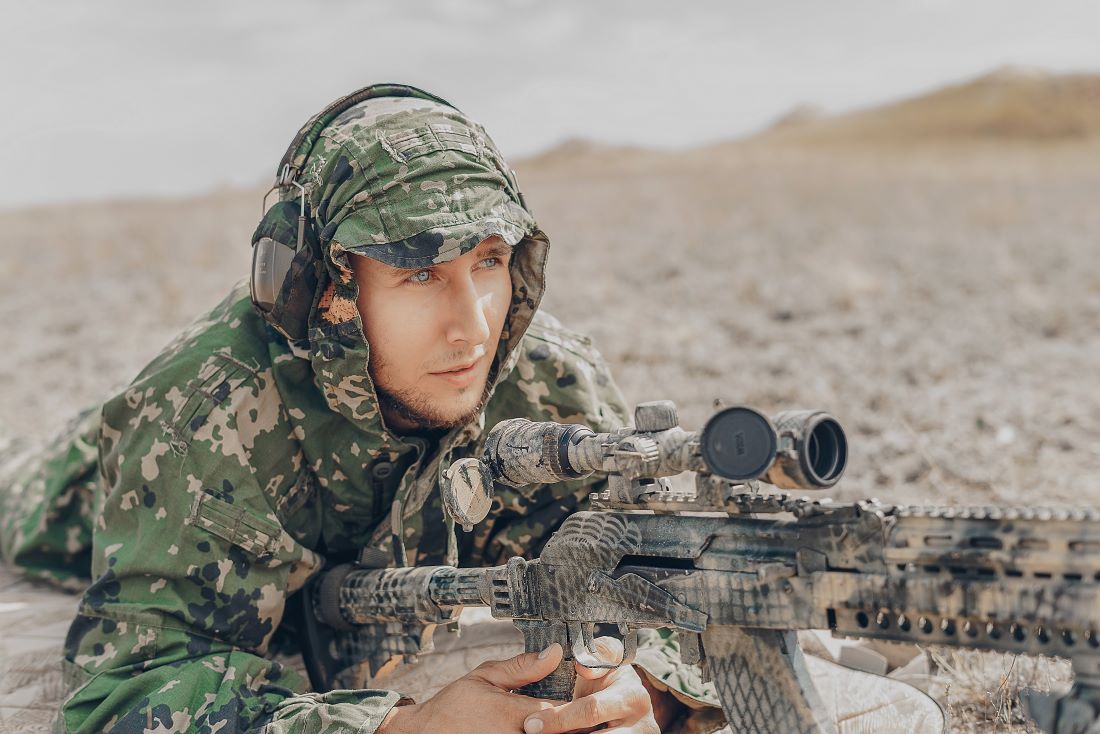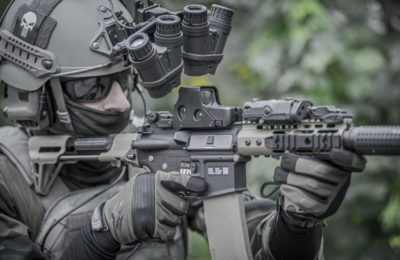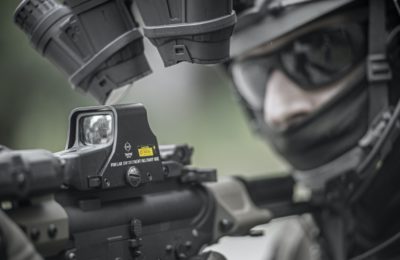A police holster holds a police handgun or other equipment used in law enforcement. It is usually attached to a belt and worn under the arm, waist, or hips. Police can use it to store other police gear, such as a handgun, pocketknife, taser, and pepper spray. Holsters serve three primary purposes: security, safety, and accessibility. A gun holster must safely hold a firearm while protecting its trigger from accidental discharge. Also, it makes it easy to easily reach and remove a gun in challenging situations despite resistance. However, this largely depends on the position that the holster is mounted.
Here are different ways you can carry a holster:
- Belly Bands
Concealing firearms underclothes is easier with belly bands. Police gear can be easily accessed and easily adjusted with these holsters.
- Inside/Outside Waistbands
A waistband holster can either be worn inside or outside the belt. Cops can keep their guns at waist level, allowing easy access while sitting down.
- Ankle Holsters
With an ankle holster, your firearm is completely concealed. These devices are often used to conceal another firearm and prevent the police from being completely disarmed if the first malfunctions or goes missing.
- Shoulder Holsters
Police use shoulder holsters whenever they want to keep their guns off or near their waistbands. As the gun is firmly anchored along the chest, you can easily access it and draw it in a cross-draw. In addition to being lightweight and nonrestrictive, shoulder holsters also provide maximum freedom of movement.
- Pocket Holsters
The best time to use a pocket holster is when you’re wearing a vest or oversized jacket. Police officers can quickly and easily access their firearms when needed because they are easily concealable. Handguns, pocketknives, or any other small police gear can be holstered in pocket holsters without removing them from the holster.
You can read all the rest of our blog posts here.


